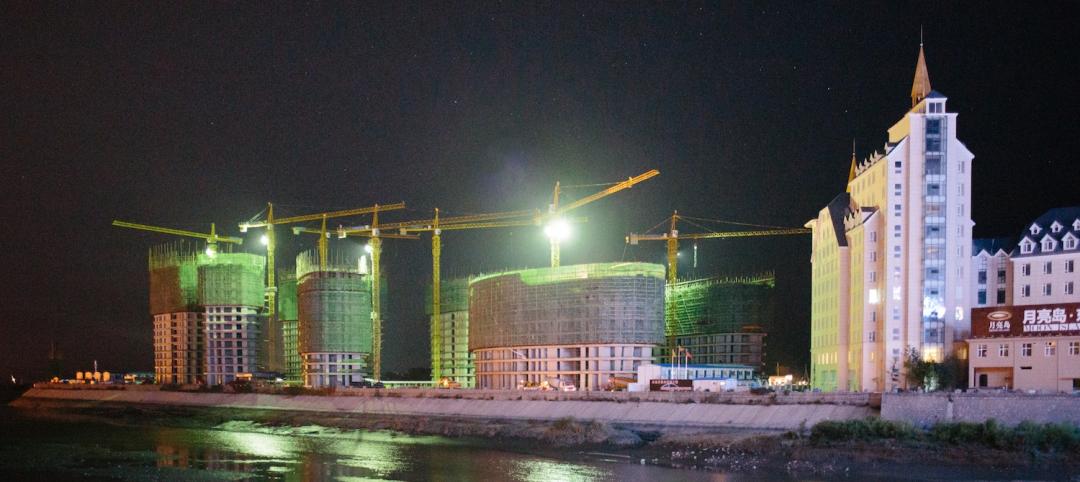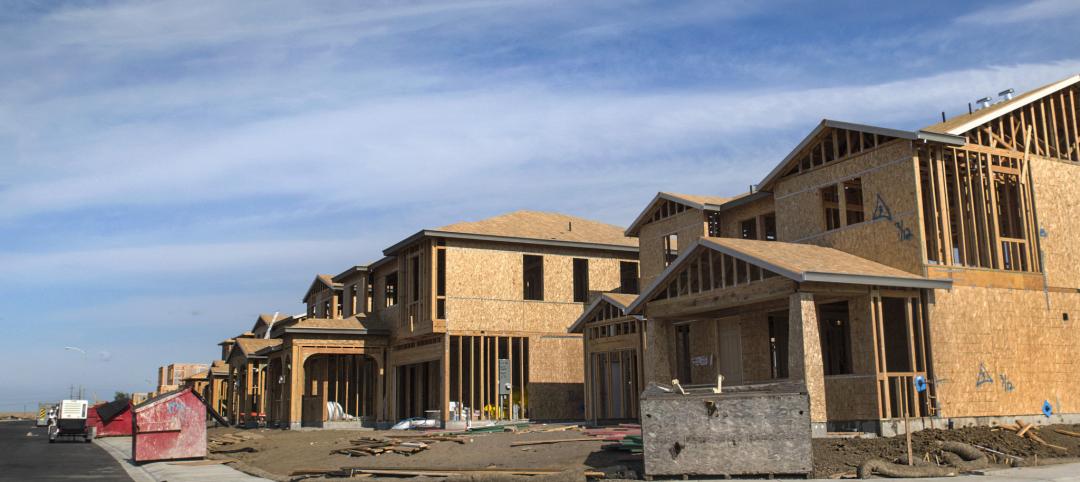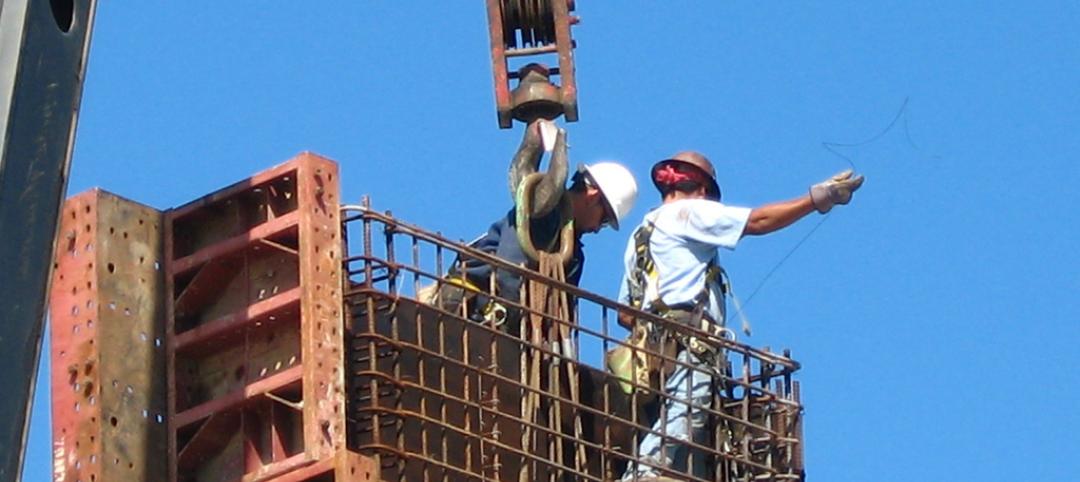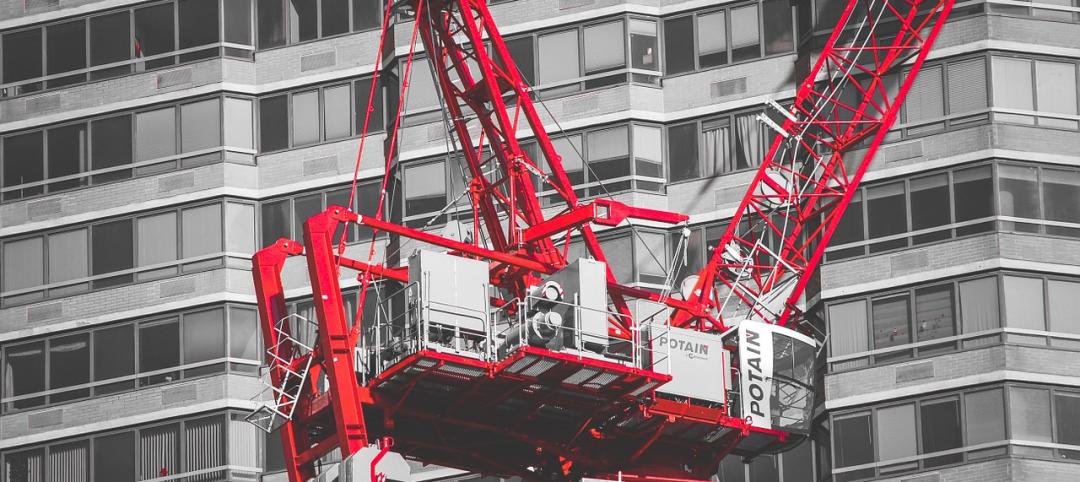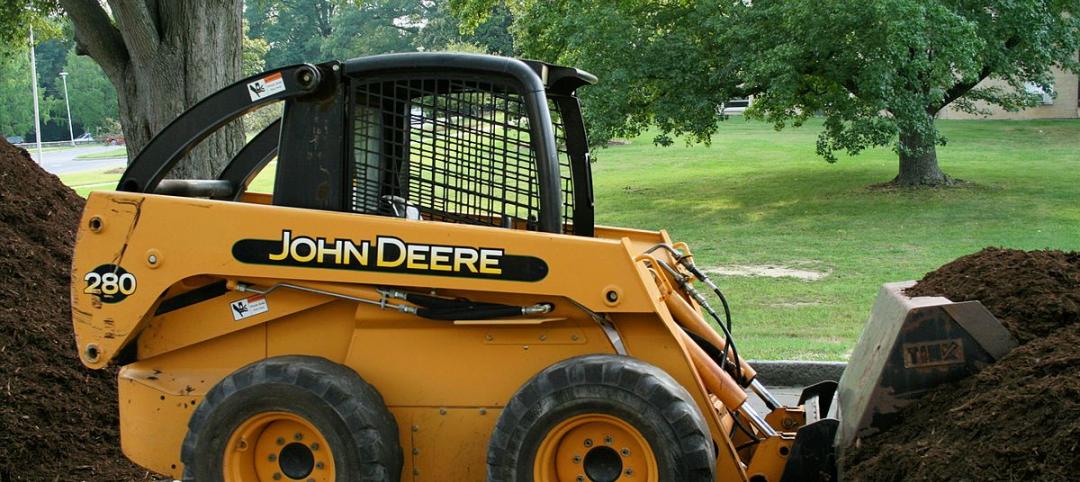Gilbane, the family owned construction and real estate development firm, is predicting stronger spending on nonresidential building this year, even if the number of projects started doesn’t appreciate significantly.
“Even if new starts growth were to turn flat for the rest of 2015 (which is not expected), those starts already recorded over the past 12 months indicate spending for nonresidential buildings in 2015 will increase 15% over 2014, the best growth since 2007,” writes the company in its “Building For the Future” Spring report on Construction Economics and Market Conditions.
Gilbane estimates that total spending for nonresidential building construction will reach $370 billion this year, a 15.3% increase. The company expects nonresidential starts to slow in 2015 but still hit 218,052 units, 7.4% ahead of the previous year.

Educational building is expected to account for 22.7% of total nonresidential construction spending in 2015, down from its 24.4% market share in 2014 and 30.3% in 2010. Still, Gilbane foresees spending on educational building to be up 7% this year, to $83.8 billion, the first substantial increase since 2008.
The manufacturing sector, whose market share of total nonresidential construction spending is projected to be flat at 17.2% this year, should see its spending amounts increase by 15% to $63.5 billion, which would be on top of a 15% gain in 2014. Spending on office construction is expected to grow 17.5% to $52.6 billion. And construction spending on commercial retail will be up 12.5% to $64.2 billion.
Gilbane projects that nonresidential construction revenue will increase by 9.1%. However, using historical benchmarks as its guide, the company believes that at least half of that gain could be attributable to “rapidly increasing inflation,” which had grown by 11% in the previous three years.

As other industry watchers have noted, Gilbane isn’t seeing much inflation on the materials side, with some exceptions like gypsum and precast concrete. Gilbane is more concerned, though, about construction hiring trends.
As of March 2015, there were 6.344 million construction employees, according to Bureau of Labor Statistics’ data. The unemployment rate in construction is now at 9.5% after hitting a low of 6.4% in October 2014. Total hiring in the construction industry was up by an estimated 15% in the first quarter of this year.
Gilbane believes that companies aren’t always using the right metrics to determine their hiring levels.
It notes that since 2012, the number of workers to complete $1 billion of constant volume has increased from about 5.65 million to 6.1 million. That would imply an 8% loss in productivity in three years. But Gilbane insists this “loss” has more to do with overall cost reductions than with projects being over-staffed.
“Workload volume should be used for planning the size of the workforce,” Gilbane states. “As an example, at the 2008 peak of construction cost, a building cost $12 million and took 100 men per year to build. In 2010, that same building potentially cost as little as $10 million to build, 20% less. Did it take 20% fewer men per year to build it? No, certainly not. That would be the fallacy of trying to determine jobs needed based on unadjusted revenue.”
To bolster its argument, Gilbane notes that historical averages (adjusted for inflation) since year 2000 show the number of direct construction jobs supported by $1 billion in construction spending varies +/- from 6,000 jobs. That calculates to one job for every $165,000 (in 2014 dollars) spent on construction, or 6.0 to 7.0 jobs per $1,000,000 spent.
Related Stories
Contractors | Nov 24, 2015
FMI survey: Millennials in construction get a bad rap, tend to be loyal, hard-working
While the stigma exists that Millennials are entitled, disloyal, and lazy, it appears that this is not true, according to a new report from FMI.
Contractors | Nov 12, 2015
Construction will outpace worldwide GDP growth over the next 15 years
Three countries—the United States, China, and India—will account for nearly three-fifths of worldwide construction growth over the next 15 years, according to a new report from Global Construction Perspectives and Oxford Economics.
Contractors | Nov 5, 2015
Budget bill provision raises OSHA fines for first time in 25 years
Inflation-adjusted penalty hikes could go up as much as 80%.
Contractors | Nov 3, 2015
ABC, AIA & NAHB: Residential, nonresidential construction growth expected in 2016
Economists from the three trade associations discussed several indicators for sector performance in a joint web conference.
Contractors | Nov 2, 2015
ABC: September's nonresidential spending slip no cause for concern
Despite the monthly drop, September's year-over-year increase is largest in seven years. Seven of 16 nonresidential construction sectors saw spending increases.
Contractors | Oct 30, 2015
ABC: Economic growth stronger than headline GDP figure suggests
GDP expanded 1.5% during the third quarter while nonresidential fixed investment expanded by 2.1% during that period.
BIM and Information Technology | Oct 29, 2015
MIT develops ‘river of 3D pixels’ to assemble objects
The Kinetic Blocks can manipulate objects into shapes without human interference.
Contractors | Oct 28, 2015
Office construction costs highest in New York City, San Francisco, says CBRE
A CBRE report found that New York’s construction costs are more than $500 per sf. San Francisco isn’t too far behind.
Contractors | Oct 16, 2015
ABC report: Confidence rises during the first half of the year
In the first half, sales expectations and profit margin expectations rose while staffing level intentions dipped slightly.
Contractors | Oct 7, 2015
Construction equipment continues to be vulnerable to theft
Poor security and lax inventory control make jobsites sitting ducks for robbers, according to crime-data analysis by LoJack.




